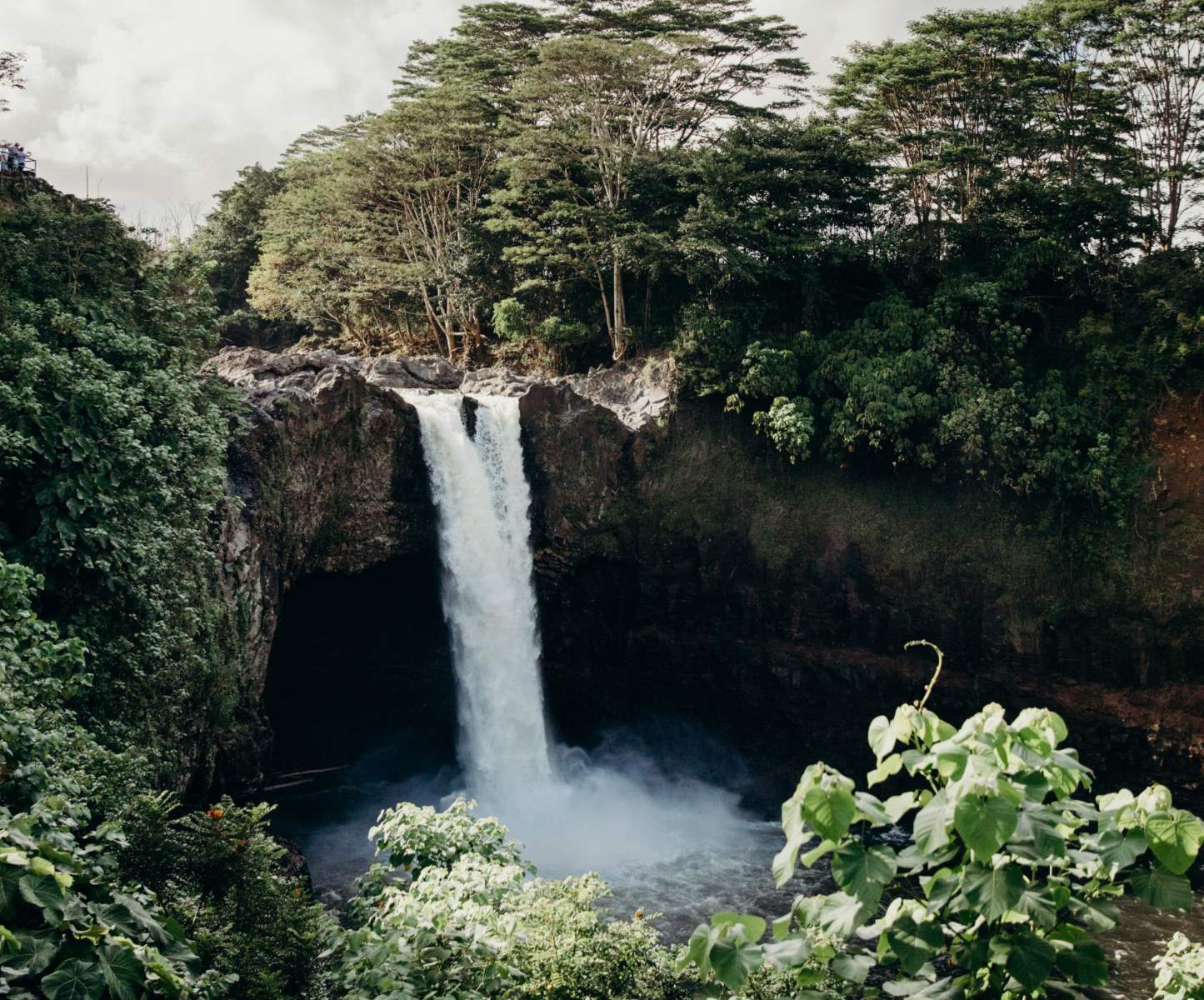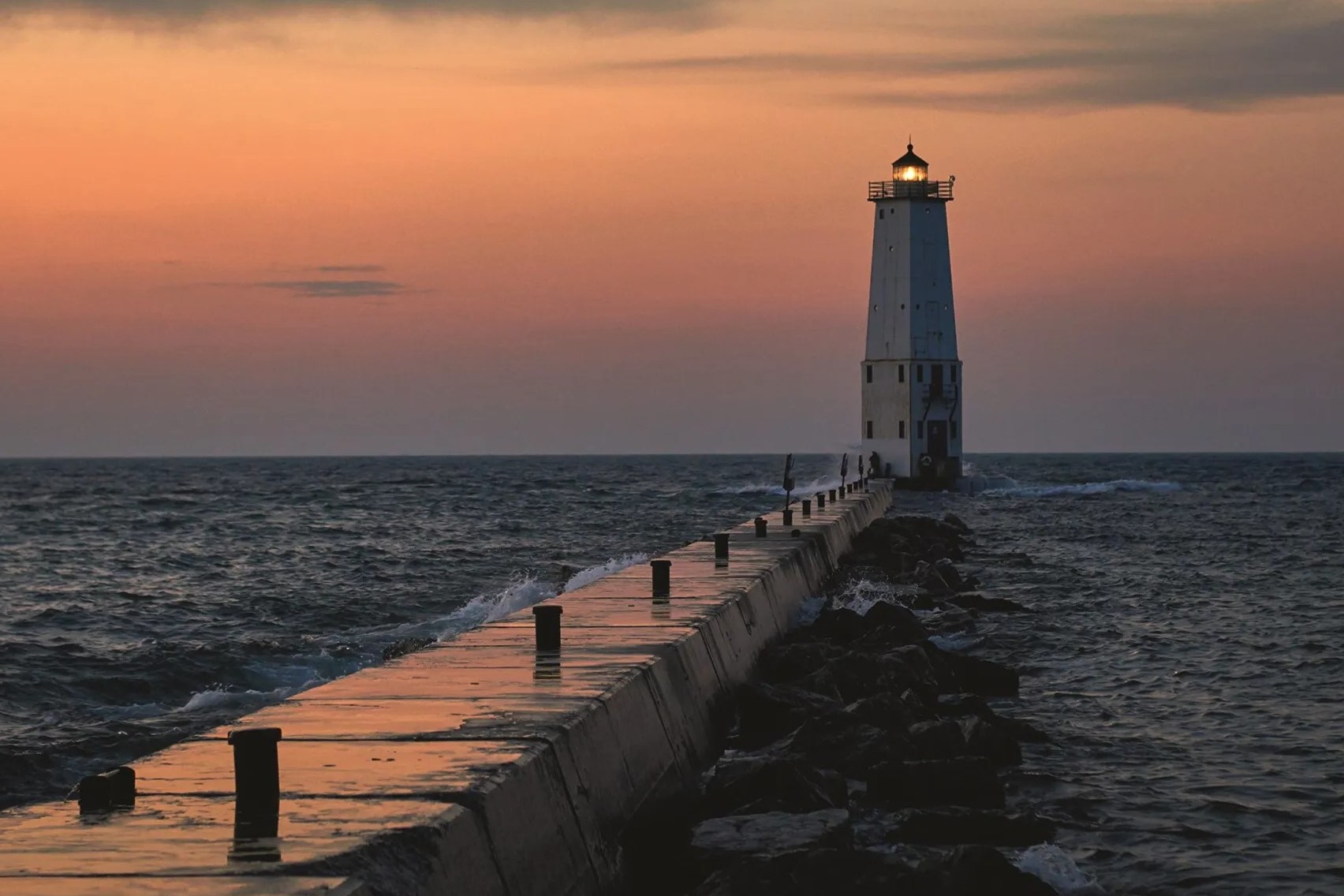
Did you know the Wailuku River is the longest river in Hawaii? Stretching over 28 miles, this river flows through the heart of the Big Island, offering stunning views and rich history. Wailuku River is not just a natural wonder; it's a cultural treasure. From the mesmerizing Rainbow Falls to the mysterious Boiling Pots, every twist and turn of the river tells a story. Whether you're an adventurer seeking thrills or a nature lover looking for serenity, Wailuku River has something for everyone. Ready to dive into some fascinating facts about this incredible river? Let's get started!
Wailuku River: A Natural Wonder
Wailuku River, located on the Big Island of Hawaii, is a stunning natural feature with a rich history and vibrant ecosystem. Flowing from the slopes of Mauna Kea, this river offers a mix of beauty, danger, and cultural significance.
-
Longest River in Hawaii: Stretching 28 miles, Wailuku River holds the title of the longest river in the state.
-
Originates from Mauna Kea: The river begins its journey from the slopes of Mauna Kea, one of the tallest mountains in the world when measured from its base on the ocean floor.
-
Flows into Hilo Bay: Wailuku River empties into Hilo Bay, providing a vital water source for the surrounding communities.
Geological Marvels
The river's path is marked by various geological formations that make it a fascinating subject for study and exploration.
-
Boiling Pots: A series of terraced pools connected by underground lava tubes, creating a boiling effect when the river is high.
-
Rainbow Falls: This 80-foot waterfall is famous for the rainbows that form in its mist, especially in the morning.
-
Pe'epe'e Falls: Located upstream from Rainbow Falls, these falls are less known but equally beautiful.
Cultural Significance
Wailuku River holds a special place in Hawaiian culture and mythology, with many stories and legends associated with it.
-
Home to the Goddess Hina: According to Hawaiian legend, the cave behind Rainbow Falls was the home of Hina, the mother of the demigod Maui.
-
Sacred Waters: The river's waters are considered sacred and are often used in traditional Hawaiian ceremonies.
-
Ancient Hawaiian Settlements: Archaeological evidence suggests that ancient Hawaiians settled along the river, utilizing its resources for agriculture and daily life.
Flora and Fauna
The river's ecosystem is teeming with diverse plant and animal life, making it a hotspot for biodiversity.
-
Endemic Fish Species: The river is home to several fish species found nowhere else in the world, such as the Hawaiian goby.
-
Native Plants: The riverbanks are lined with native Hawaiian plants, including ferns, hibiscus, and koa trees.
-
Birdwatching Paradise: Bird enthusiasts can spot various native bird species, including the Hawaiian hawk and the 'amakihi.
Recreational Activities
Wailuku River offers numerous recreational opportunities for both locals and tourists.
-
Swimming: Certain parts of the river, like the Boiling Pots, are popular swimming spots, though caution is advised due to strong currents.
-
Kayaking: Adventurous kayakers can navigate the river's rapids, enjoying the scenic views along the way.
-
Hiking: Trails along the river provide excellent hiking opportunities, with paths leading to various waterfalls and scenic overlooks.
Environmental Concerns
Despite its beauty, Wailuku River faces several environmental challenges that threaten its health and sustainability.
-
Pollution: Runoff from nearby agricultural activities can introduce pollutants into the river, affecting water quality.
-
Invasive Species: Non-native plants and animals pose a threat to the river's native ecosystem, outcompeting local species.
-
Climate Change: Changes in weather patterns and increased frequency of extreme weather events can impact the river's flow and health.
Conservation Efforts
Various initiatives are in place to protect and preserve Wailuku River for future generations.
-
Community Cleanups: Local organizations regularly organize river cleanups to remove trash and debris.
-
Restoration Projects: Efforts to restore native vegetation along the riverbanks help to stabilize the ecosystem and prevent erosion.
-
Educational Programs: Schools and community groups offer educational programs to raise awareness about the importance of the river and how to protect it.
-
Government Regulations: State and local governments have implemented regulations to limit pollution and manage water use, ensuring the river remains a vital resource.
Wailuku River's Fascinating Wonders
Wailuku River, with its rich history and natural beauty, offers a lot to explore. From the majestic Rainbow Falls to the mysterious Boiling Pots, each spot has its own unique charm. The river's cultural significance to the Hawaiian people adds another layer of depth to its allure. Whether you're an adventurer seeking thrills or someone who loves to soak in nature's beauty, Wailuku River has something for everyone. Its diverse ecosystem and stunning landscapes make it a must-visit destination. So next time you're in Hawaii, don't miss out on experiencing the wonders of Wailuku River. You'll leave with memories that last a lifetime and a newfound appreciation for this incredible natural treasure.
Was this page helpful?
Our commitment to delivering trustworthy and engaging content is at the heart of what we do. Each fact on our site is contributed by real users like you, bringing a wealth of diverse insights and information. To ensure the highest standards of accuracy and reliability, our dedicated editors meticulously review each submission. This process guarantees that the facts we share are not only fascinating but also credible. Trust in our commitment to quality and authenticity as you explore and learn with us.


